Understanding The Mess of Smartphone Charging
- techbotai123
- May 24, 2023
- 4 min read
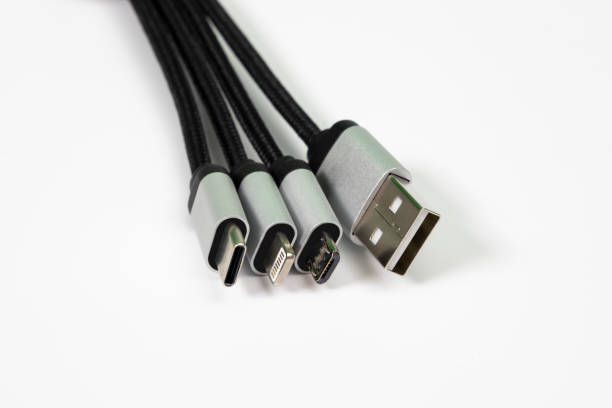
Charging Connectors (USB-C, Lighting, and Micro-USB)
In the country of India, there are a total of 750 Million smartphone users, and In the world, there are a total of 6.92 billion users. Since the smartphone ushered in a new technological era, the entire world operates on smartphones. All smartphones run on lithium-ion battery technology, these batteries allow smartphones to run for 1–2 days and at times more than that. With 6.92 billion smartphone users, you would assume there is one way to charge the phone right? Incorrect, with various kinds of smartphones from various manufacturers there are many ways to charge a smartphone but that is a problem. There is a push from governments across the world to adopt a universal charging protocol, by adopting a universal charging protocol there is a drastic decrease in e-waste for chargers and it is more consumer-friendly when it comes to buying a smartphone. To understand why this is a difficult task, we need to understand the current state of charging.
In 2023, there are 4 types of charging connectors. The four connectors are USB-C, Lightning, Micro USB, and Wireless charging.
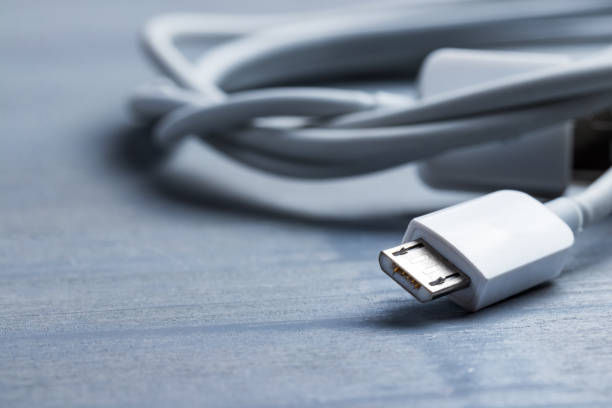
Micro-USB Charging Connector
Micro-USB Port, This port was introduced in 2007 and this port is considered as the mini-version of the USB. This port is used across various devices from smartphones to microcontrollers, most devices in the 21st century have used a Micro-USB port. The port was developed as a joint partnership between IBM, Compaq, DEC, Northern Telecom, Microsoft, NEC, and Intel. The primary reason for the mass adoption of Micro-USB was cost, the usage of Micro-USB was free-of-cost and there were no fees required to use this port for commercial devices.
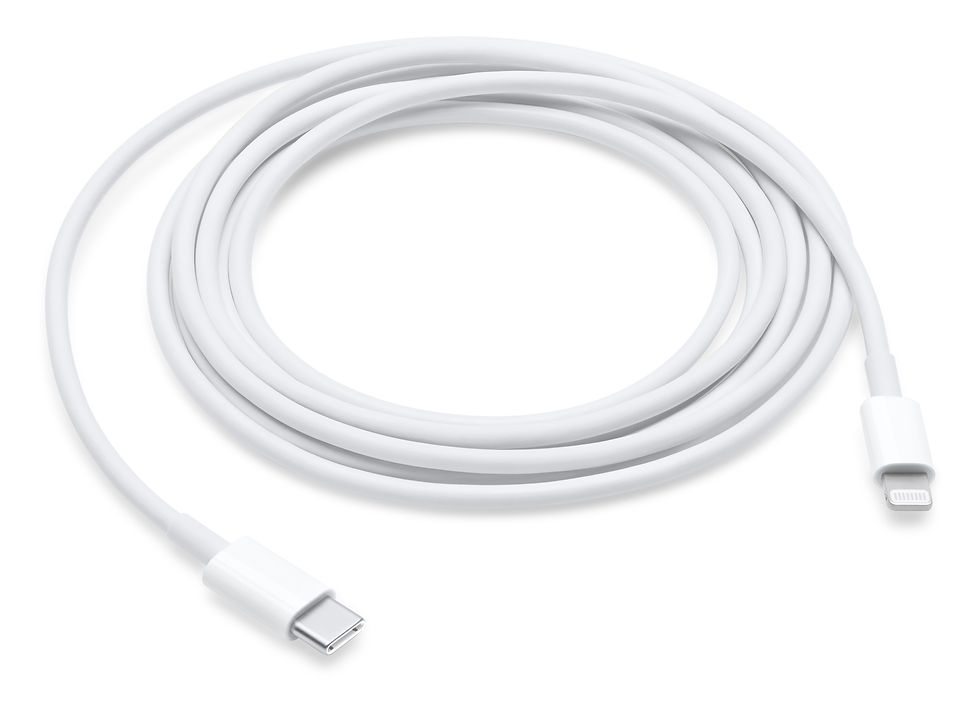
Lighting Port Charging Connector
Lighting Port, this port was first seen on the iPhone 5 in 2012 and is the proprietary technology of Apple Inc. This charging port was a significant change at the time of introduction, this was the first reversible charging port in smartphones with faster data transfer speeds and was able to provide more power than Micro-USB which was considered a low-power connector.
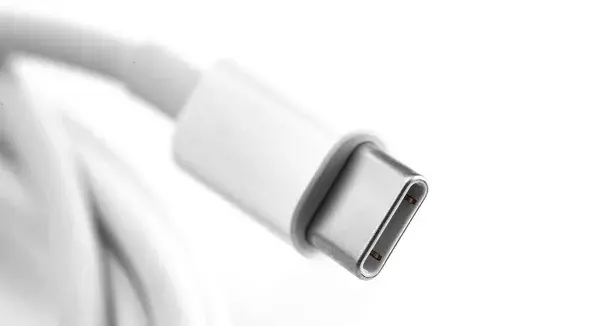
USB-C Charging Connector
USB-C is a new-generation charging port meant to replace Micro-USB and aims to be the de facto standard for charging and data transfer across all devices. USB-C was developed by the USB Implementers Forum (USB-IF), this forum consists of companies such as Apple, Dell, HP, Intel, Microsoft, Samsung, etc. USB-C like the lighting port is a reversible connector, and USB-C cable quality is far superior to Lighting cable quality, USB-C can also function as a display connector, with USB-C devices such as laptops or smartphones can be connected to a larger display, USB-C can be used as an audio connector and USB-C has thunderbolt support, the means that devices such as laptops can have external GPU connection and much more. USB-C is truly the all-in-one connector for most applications.
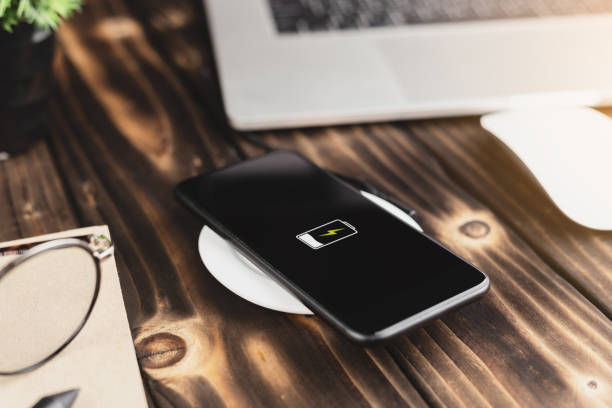
Wireless Charging
Wireless Charging, It’s the ability to transfer power from a power outlet to the device without using a cable. In theory, this is cool, but the current implementation is much more basic than the imagination of most people. Wireless Charging functions on the principle of electromagnetic induction. The basic idea is that a smartphone consists of a coil and a wireless charging pad also consists of a magnetic coil, the charging pad is connected to the power outlet, and the current is sent to the coil in the form of electrons, the current is Alternating Current so it will alternate back in fourth from zero to maximum and vice versa, the smartphone with the coil is placed on the pad and now these 2 magnetic coils are in contact with each other and with this contact, the electrons are transferred from the wireless charging pad to the smartphone. Major smartphone companies have implemented wireless charging into their smartphone but there is a long road to development.
The Mess and Control of Smartphone Charging
Governments across the world are working to create a more eco-friendly and environmentally friendly world. One of the major issues that Government wants to tackle is e-waste, and a way to do that is to create a universal standard of charging. A universal standard of charging for smartphones is good for the environment as it less cable wastage, and It’s very helpful to consumers as this move would result in consumers not having to spend extra money buying new chargers for different phones. While in theory, this sounds fantastic, there are issues for governments implementing this policy.
While most Android smartphones have switched to USB-C, iPhones still currently use the Lighting Port and the change of charging connector will affect iPhone users the most as they would have many accessories that are used with the Lightning Port which Apple is hesitant to change the charging connector. Companies are now investing in Wireless Charging technology and are funding research to develop this technology even further. With this variety, It’s difficult for Governments to create a policy framework that can help reduce e-waste and not undermine innovation.
In 2022, India mandated all companies that by 2025 all tablets, smartphones, wearable devices, audio accessories, and laptops will have to use USB-C as the charger connector. The European Union previously put forth a similar policy but with exceptions for wireless charging, the exception is that smartphones with wireless charging need not have a USB-C port on their smartphones. While this approach is trying to be the best of both worlds, the amount of e-waste reduction comes into question. While mandating companies that USB-C be the defacto charger for all electronics is potentially a good thing, the problem is that years ago Governments were trying to do the same thing with Micro-USB and clearly they were wrong because the Lighting Port connector was launched, and was substantially better than Micro-USB.
Conclusion
The reduction of e-waste and the pro-consumer approach to electronics is critical for the next generation of users, It’s great that Governments across the world are paying attention and are actively trying to solve this problem. While It’s great that they are acting, and focusing to increase the adoption of USB-C is a good thing but, Governments need to find a way to solve this problem without stifling innovation.





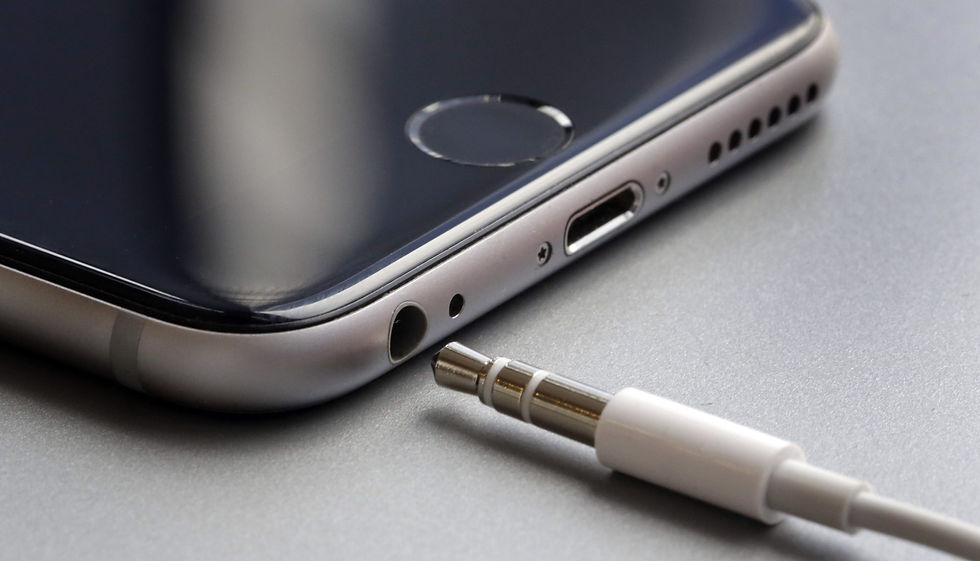
Comments